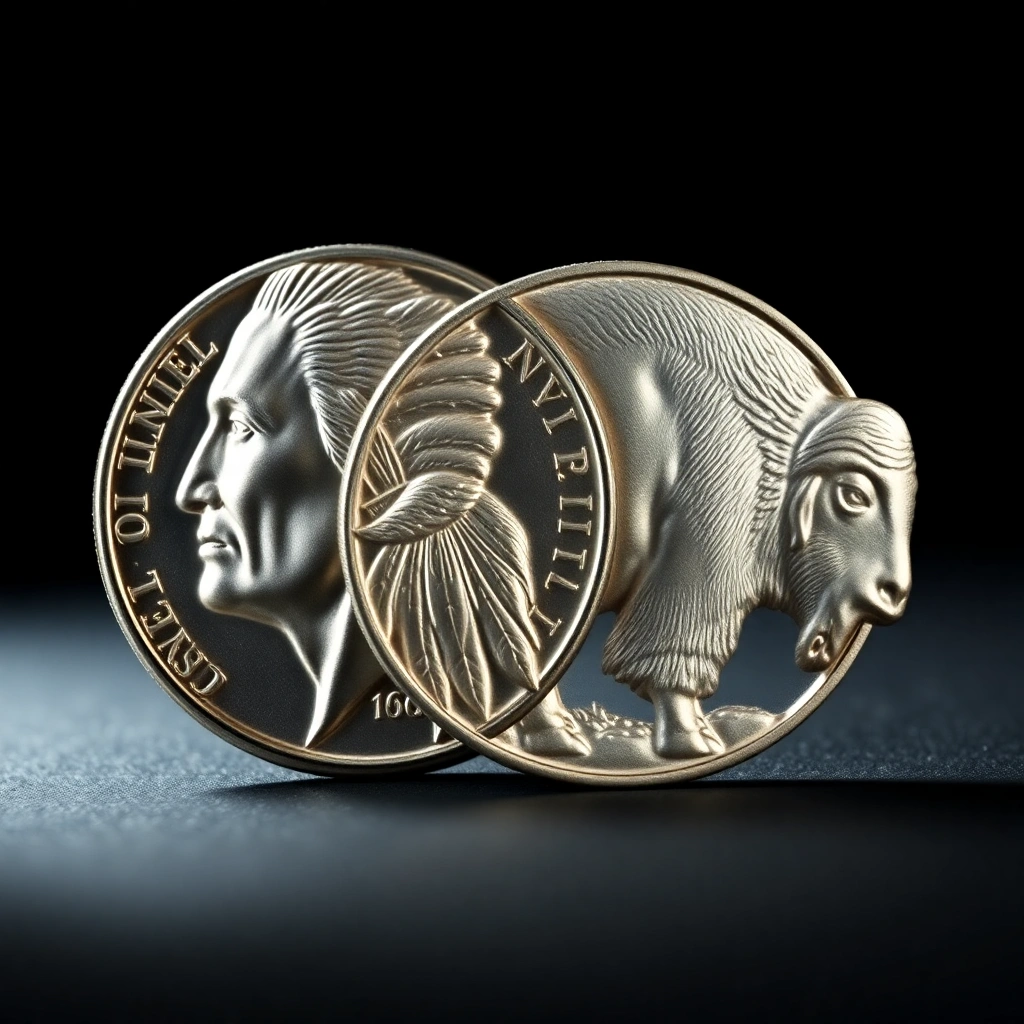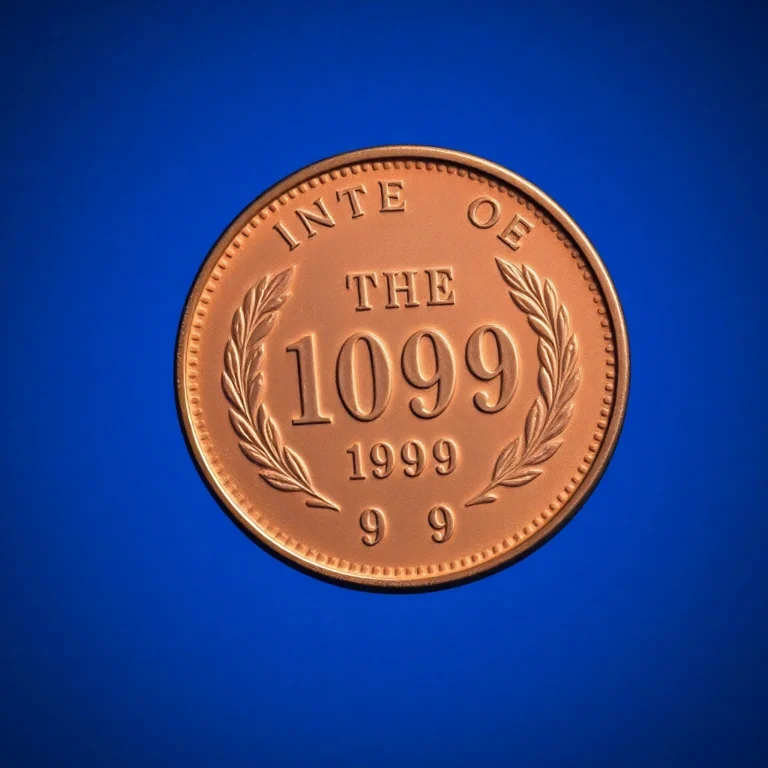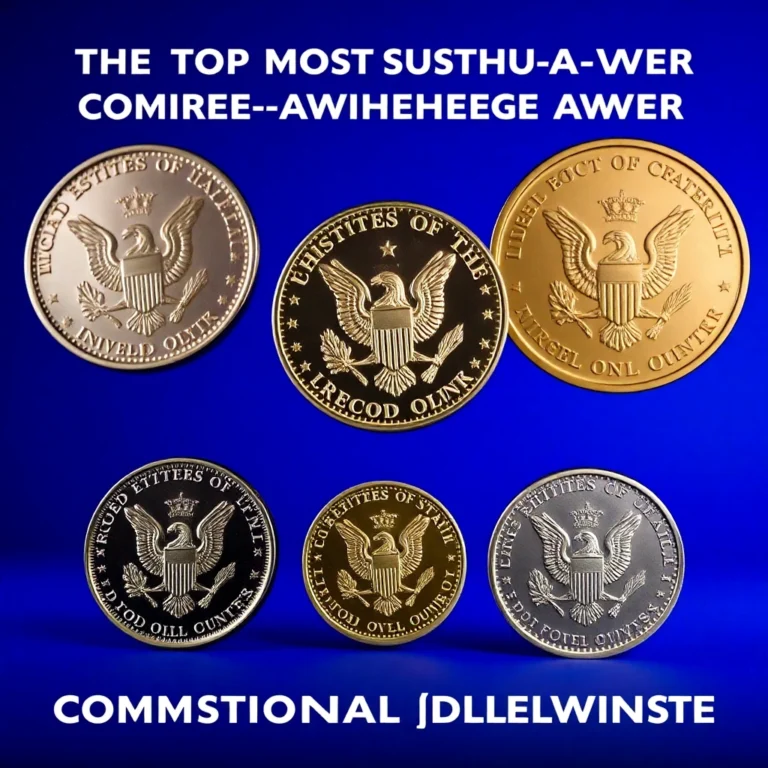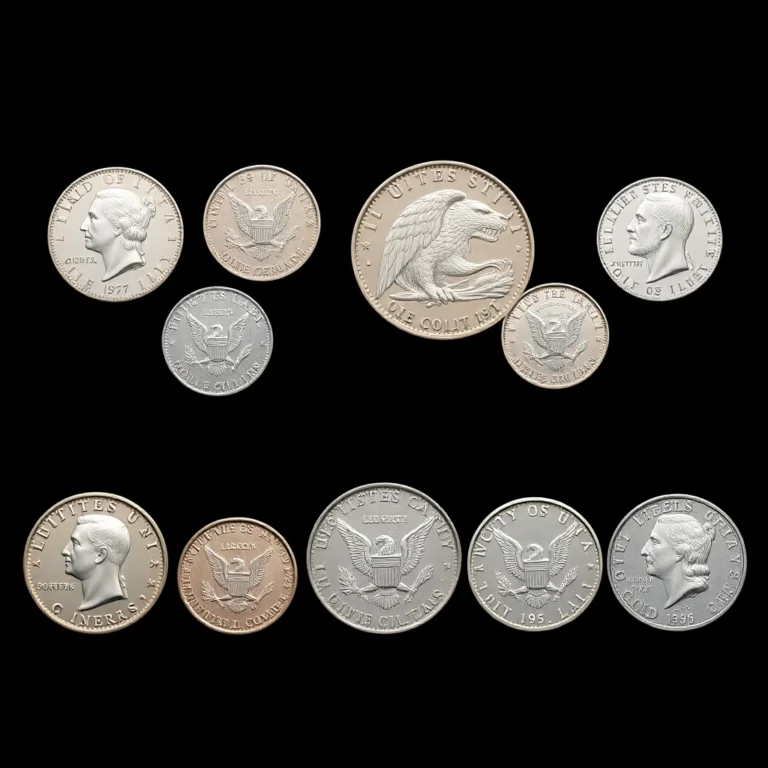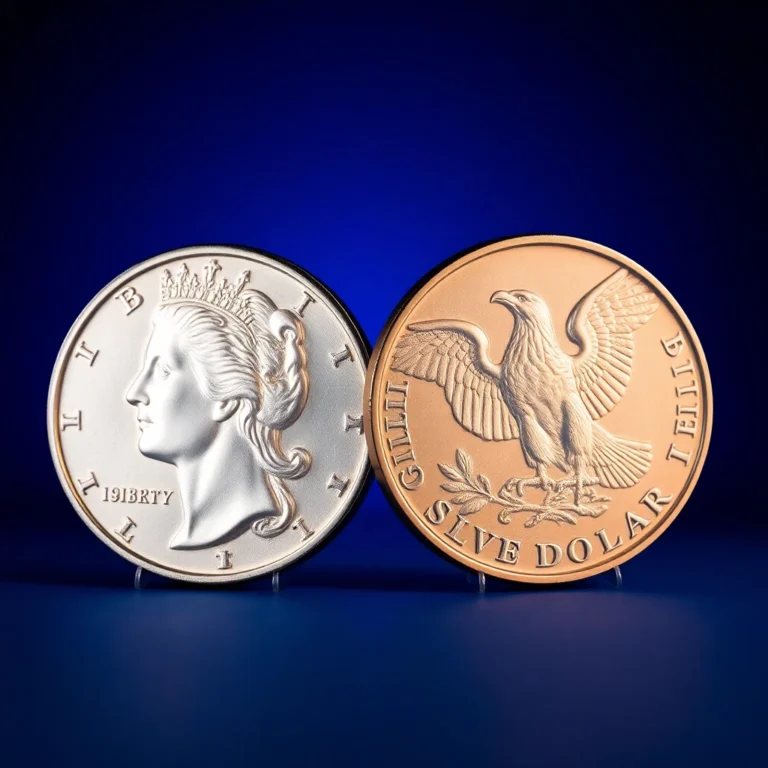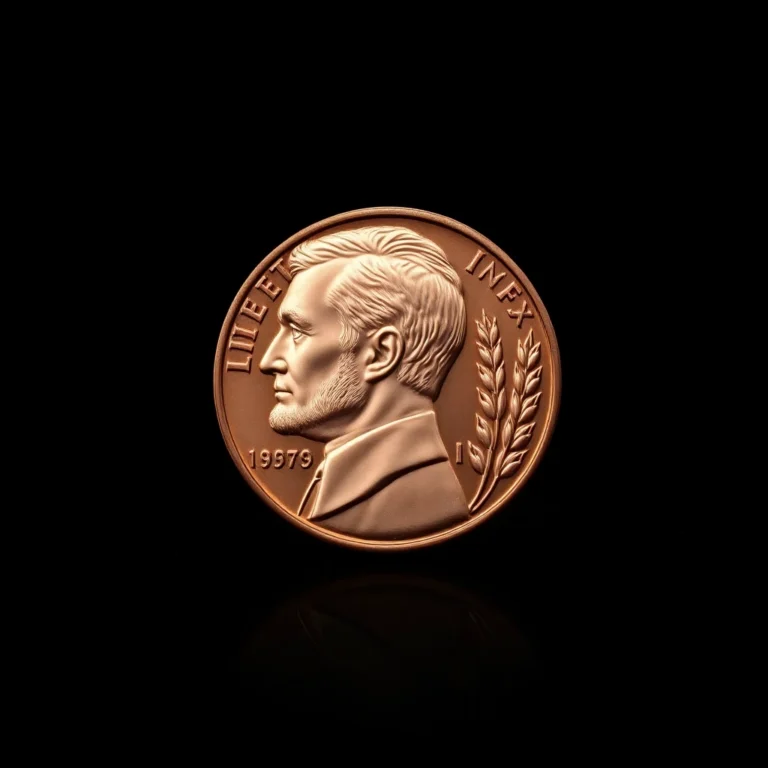Imagine holding a piece of American history in your hands, a relic of the early 20th century that has captured the hearts of collectors for decades. The Buffalo Nickel, also known as the Indian Head Nickel, is more than just a five-cent piece; it’s a symbol of a bygone era, cherished for its artistic design and historical significance. For numismatists, these coins represent an irresistible challenge, with rare variants like the “Full Horn” demanding a keen eye and a touch of luck.
Collectors are drawn to Buffalo Nickels not only for their aesthetic appeal but also for the stories they tell about America’s past. In this article, you’ll discover the most elusive and sought-after Buffalo Nickels, including those with the coveted Full Horn detail. We’ll delve into what makes these variants so special and why they hold such allure for coin enthusiasts. As you read on, prepare to uncover the secrets behind these rare treasures and learn why they can fetch a handsome price on the market.
Historical Background and Significance
The Buffalo Nickel, also known as the Indian Head Nickel, was minted from 1913 to 1938 and is one of the most iconic coins in American numismatics. Designed by sculptor James Earle Fraser, the coin was part of an effort to beautify American coinage and move away from the traditional designs of the late 19th century. The coin’s obverse features a Native American chief, while the reverse showcases an American bison, often referred to as a buffalo. This design reflects the nation’s heritage and the Westward expansion era, making it enormously popular among collectors. 🐃
Physical Characteristics and Design
The Buffalo Nickel is composed of 75% copper and 25% nickel, with a diameter of 21.2 mm and a weight of 5 grams. The obverse depicts a Native American profile, believed to be a composite of several chiefs, while the reverse displays an American bison standing on a mound. The intricate details, such as the bison’s horn, play a crucial role in grading and valuing these coins.
Mintage Figures and Rarity
Over its 25-year production span, the Buffalo Nickel saw varying mintage figures, with certain years and mint marks standing out as particularly rare. Key dates include the 1913-S Type 2, 1916/16, and 1937-D 3-Legged Buffalo. Low mintage numbers, especially from the Denver and San Francisco mints, add to the scarcity and desirability of these coins.
Known Varieties or Errors
Several varieties and errors make Buffalo Nickels particularly interesting for collectors. Some notable ones include:
- 1913-S Type 2: Known for its low mintage and distinct design change from Type 1.
- 1916/16 Doubled Die: A famous error with noticeable doubling on the obverse date.
- 1937-D 3-Legged Buffalo: A mint error where the bison appears to have only three legs due to die polishing.
- Full Horn Variants: Coins with a fully visible horn on the bison are highly sought after, as it indicates minimal wear.
Value Information
The value of Buffalo Nickels can vary significantly depending on the date, mint mark, condition, and variety. Below are tables detailing the current market values for some of the rarest and most sought-after Buffalo Nickels:
1913-S Type 2
| Grade | Value Range |
|---|---|
| Good (G-4) | $400-$500 |
| Very Good (VG-8) | $600-$750 |
| Fine (F-12) | $1,000-$1,200 |
| Very Fine (VF-20) | $2,000-$2,500 |
| Extremely Fine (EF-40) | $3,500-$4,500 |
| About Uncirculated (AU-50) | $5,000-$7,500 |
| Mint State (MS-60) | $10,000-$12,000 |
| Gem Mint State (MS-65) | $20,000-$25,000 |
1937-D 3-Legged Buffalo
| Grade | Value Range |
|---|---|
| Good (G-4) | $400-$500 |
| Very Good (VG-8) | $600-$750 |
| Fine (F-12) | $800-$1,000 |
| Very Fine (VF-20) | $1,200-$1,500 |
| Extremely Fine (EF-40) | $2,000-$2,500 |
| About Uncirculated (AU-50) | $3,500-$4,500 |
| Mint State (MS-60) | $6,000-$8,000 |
| Gem Mint State (MS-65) | $12,000-$15,000 |
Authentication Tips
When collecting rare Buffalo Nickels, it is crucial to ensure authenticity to avoid counterfeits. Here are some tips:
- Examine the details on the obverse Native American profile and reverse bison closely.
- Look for consistent wear patterns and natural patina that match the coin’s age.
- Check for any signs of tooling or tampering, particularly on key dates and errors like the 3-legged variety.
- Consider having the coin graded by a reputable grading service such as PCGS or NGC.
Expert Collecting Advice
For collectors, investing in Buffalo Nickels can be both rewarding and challenging due to the variety of errors and key dates. Always research and verify a coin’s authenticity before purchasing. Consider specializing in a specific variety or year to build a focused collection, and remember that condition is paramount—higher-grade examples will always command a premium. Keeping an eye on market trends and maintaining proper storage to prevent deterioration can also help protect your investment over time. Happy collecting! 📈
FAQs
What factors affect the value of Buffalo Nickels, particularly the full horn variants?
The value of Buffalo Nickels, especially the full horn variants, is influenced by factors such as rarity, condition, and demand among collectors. Coins with a fully visible horn on the buffalo are generally more desirable and can command higher prices. Grading, which assesses the coin’s wear and imperfections, plays a crucial role; higher-grade coins are typically more valuable.
How can I authenticate a rare Buffalo Nickel?
To authenticate a rare Buffalo Nickel, examine its date and mintmark, as certain years and production locations are more rare. A professional coin grader or numismatic expert can verify authenticity using specialized tools and knowledge. Additionally, look for signs of wear consistent with genuine circulation, as counterfeits often appear too perfect or have incorrect details.
What advice would you give to someone starting a Buffalo Nickel collection?
Start by familiarizing yourself with the different series and key dates of Buffalo Nickels. Focus on acquiring coins in the best condition your budget allows, and consider investing in a reputable guidebook for reference. Joining a numismatic club or online community can provide valuable insights and help you build your collection strategically.
Why are Buffalo Nickels historically significant?
Buffalo Nickels, minted from 1913 to 1938, are celebrated for their distinct design featuring a Native American on the obverse and an American bison on the reverse. This design symbolizes the American West and its history during the early 20th century. The coins are also notable for their role in the transition from traditional to more modern coinage designs in the U.S.
What are some common varieties or errors to look for in Buffalo Nickels?
Collectors should watch for notable varieties such as the 1937-D “Three-Legged” buffalo, resulting from an over-polished die, which removed one of the buffalo’s legs. Other errors include doubled dies, repunched mintmarks, and variations in the date and mintmark placement. These anomalies can significantly enhance a coin’s collectability and value.
